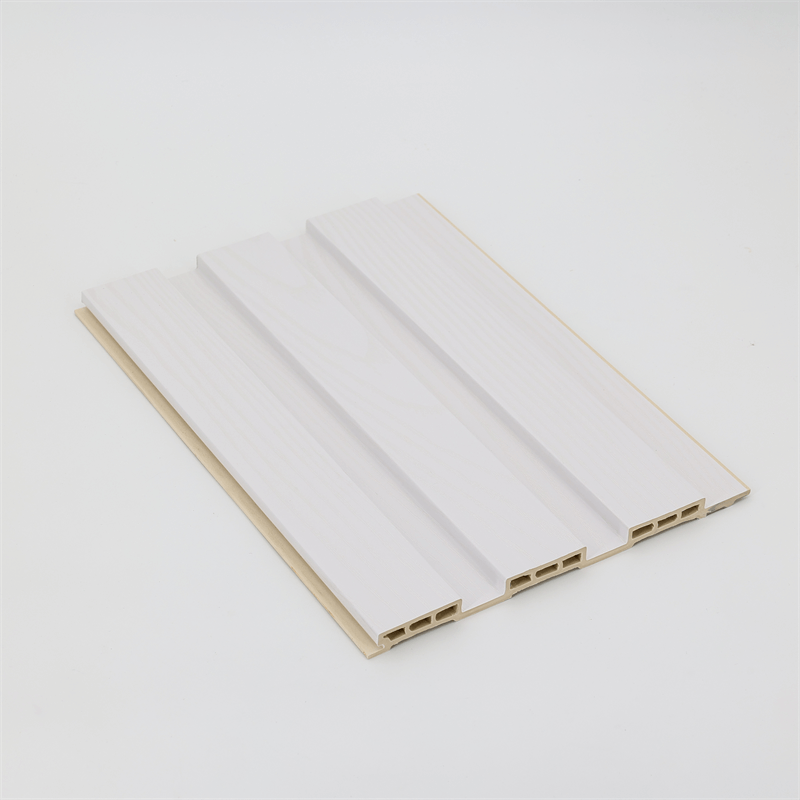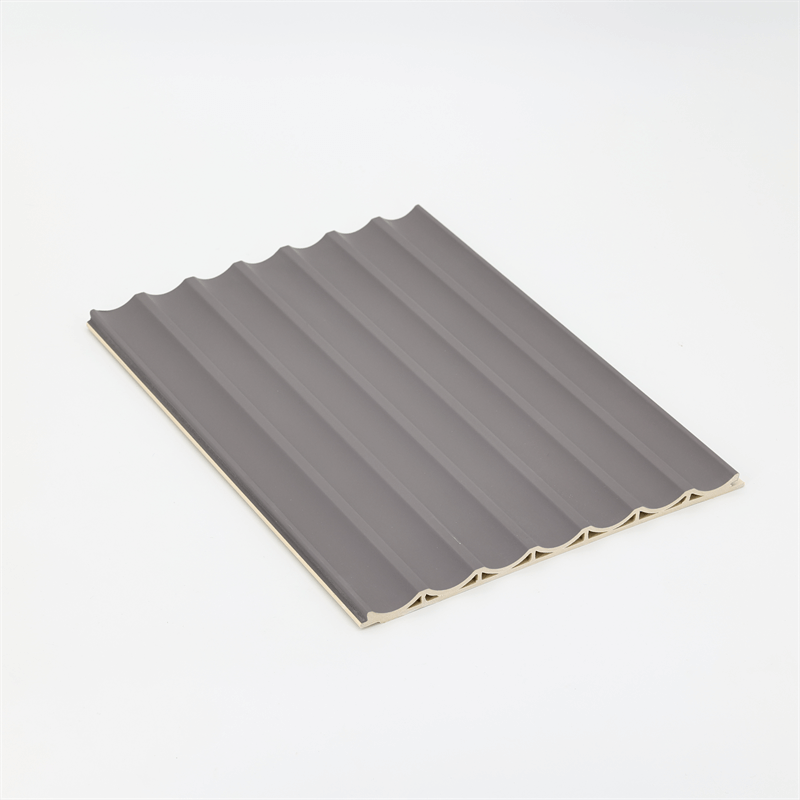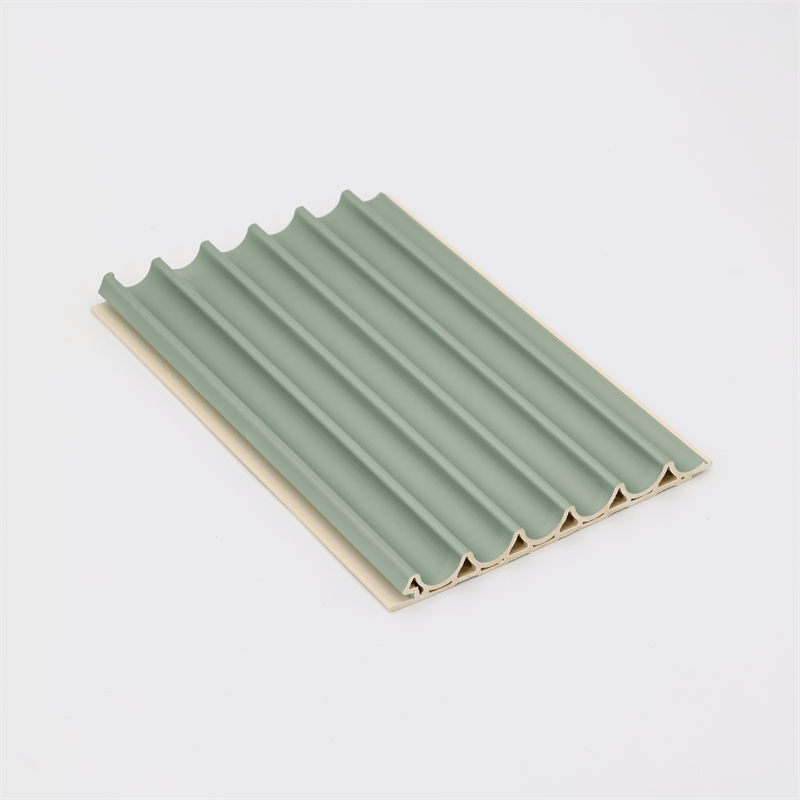WPC (Wood-Plastic Composite) wall panels have gained popularity in the construction industry due to their durability, aesthetic appeal, and ease of maintenance.
However, understanding the proper installation methods is crucial to ensure optimal performance and longevity of WPC wall panels.
This essay explores various installation techniques and considerations for WPC wall panels, including surface preparation, attachment methods, sealing and finishing, and maintenance practices.
By understanding these installation methods, builders and homeowners can achieve successful and lasting installations of WPC wall panels.
I. Surface Preparation:
- Inspection and Measurement: Before installing WPC wall panels, it is essential to inspect the surface for any defects, such as cracks or unevenness. Accurate measurements should be taken to ensure the panels fit properly and align with the desired design.
- Cleaning and Priming: The installation surface should be thoroughly cleaned and free from dust, grease, or other contaminants. Additionally, applying a suitable primer can improve adhesion between the surface and the panels, ensuring a secure installation.
II. Attachment Methods:
- Adhesive Bonding: One common method of installing WPC wall panels is through adhesive bonding. High-quality construction adhesive is applied to the back of the panels, and then they are firmly pressed onto the prepared surface. This method offers a seamless and clean finish without visible fasteners.
- Mechanical Fastening: Another option is to use mechanical fasteners, such as screws or nails, to attach the WPC wall panels. These fasteners are driven through pre-drilled holes in the panels and into the installation surface. Mechanical fastening provides added security and is suitable for applications where the panels may be subject to significant stress or movement.
III. Sealing and Finishing:
- Joint Sealing: Proper sealing of joints between WPC wall panels is essential to prevent moisture penetration and maintain the structural integrity of the installation. Sealant materials specifically designed for WPC panels should be applied to the joints, ensuring a watertight and durable seal.
- Edge Treatment: To achieve a polished and professional look, edge treatment is recommended. This involves trimming the edges of the WPC panels and applying edge banding or other decorative finishes. Edge treatment not only enhances the aesthetics but also provides additional protection against moisture and wear.
IV. Maintenance Practices:
- Regular Cleaning: WPC wall panels require regular cleaning to maintain their appearance and performance. Simple cleaning with mild soap and water is usually sufficient. However, abrasive or harsh cleaning agents should be avoided to prevent damage to the panels.
- Inspections and Repairs: Regular inspections should be conducted to identify any signs of damage or wear. Any loose panels, cracks, or other issues should be addressed promptly to prevent further damage and ensure the longevity of the installation. Repairs can be made by replacing damaged panels or using suitable repair kits recommended by the manufacturer.
Proper installation of WPC wall panels is essential to maximize their performance, aesthetics, and durability.
Surface preparation, attachment methods, sealing and finishing, and maintenance practices all play crucial roles in achieving successful installations.
By following the recommended installation techniques and considering the specific requirements of WPC wall panels, builders and homeowners can enjoy the benefits of these versatile and sustainable building materials.
It is important to consult the manufacturer’s guidelines and recommendations for installation to ensure the best results.

Additionally, engaging professional installers with experience in working with WPC wall panels can provide added expertise and assurance of a high-quality installation.
By understanding and implementing proper installation methods, WPC wall panels can enhance the aesthetic appeal, functionality, and longevity of interior and exterior spaces.
Their durability, low maintenance requirements, and design flexibility make them a popular choice in the construction industry.
With careful attention to installation techniques, builders and homeowners can confidently incorporate WPC wall panels into their projects, creating visually stunning and long-lasting installations.
In conclusion, the proper installation of WPC wall panels is crucial to ensure their optimal performance and longevity.
Surface preparation, attachment methods, sealing and finishing, and maintenance practices all contribute to the successful installation of WPC wall panels.
Thorough surface inspection, cleaning, and priming set the foundation for a secure and seamless installation.
The choice between adhesive bonding and mechanical fastening depends on the specific application and requirements of the project.
Sealant materials and edge treatments play a vital role in achieving watertight and visually appealing installations.
Regular maintenance practices, such as cleaning and inspections, help preserve the appearance and functionality of WPC wall panels.
Prompt repairs and replacements of damaged panels are essential to prevent further deterioration.
By adhering to proper installation methods and guidelines, builders and homeowners can take full advantage of the benefits offered by WPC wall panels.
These include enhanced aesthetics, durability, low maintenance requirements, and design versatility.
WPC wall panels are a sustainable and cost-effective solution for interior and exterior applications, making them a popular choice in the construction industry.
It is important to consult the manufacturer’s instructions and recommendations for installation to ensure compliance with best practices.
Engaging professional installers with experience in working with WPC wall panels can provide valuable expertise and ensure a high-quality installation.
In summary, understanding the installation methods of WPC wall panels is essential for achieving successful outcomes.
By following the recommended techniques and considering the specific requirements of WPC wall panels, builders and homeowners can create beautiful and durable installations that enhance the aesthetics and functionality of their spaces.


